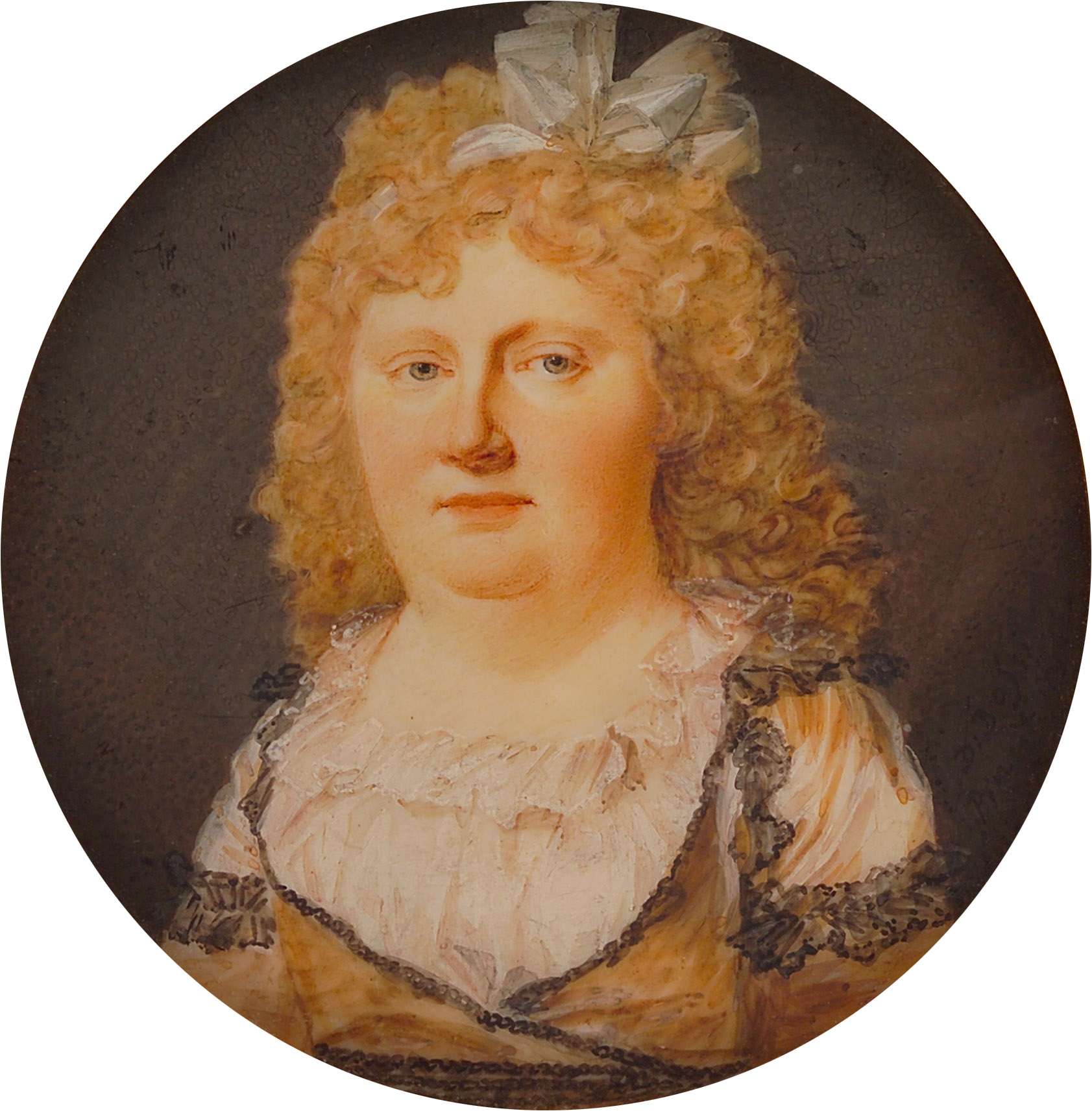by Scott Mehl
© Unofficial Royalty 2018
Grand Duchy of Mecklenburg-Schwerin: The Duchy of Mecklenburg was divided and partitioned several times over the centuries. In 1701, the last division created the Duchy of Mecklenburg-Schwerin and the Duchy of Mecklenburg-Strelitz. In 1815, the Congress of Vienna recognized Mecklenburg-Schwerin and Mecklenburg-Strelitz as grand duchies. Friedrich Franz I, Duke of Mecklenburg-Schwerin became the first Grand Duke of Mecklenburg-Schwerin. On November 14, 1918, at the end of World War I, Friedrich Franz IV was forced to abdicate as Grand Duke of Mecklenburg-Schwerin. Today the territory encompassing the Grand Duchy of Mecklenburg-Schwerin is in the German state of Mecklenburg-Vorpommern.
********************

Friedrich Franz I, Grand Duke of Mecklenburg-Schwerin; Credit – Wikipedia
Friedrich Franz I was the first Grand Duke of Mecklenburg-Schwerin. He was born in Schwerin, then in the Duchy of Mecklenburg-Schwerin, now in Mecklenburg-Vorpommern, Germany on December 10, 1756, the only son of Duke Ludwig of Mecklenburg-Schwerin and Princess Charlotte Sophie of Saxe-Coburg-Saalfeld. He had one younger sister:
- Sophia Friederike (1758-1794) – married Frederik, Hereditary Prince of Denmark and Norway, had issue
Friedrich Franz was initially educated at home before studying in Switzerland in 1766. Five years later, after having fallen in love with a woman considered far beneath his station, his father had him return to Ludwigslust to avoid any thoughts of pursuing the relationship. Soon, he was sent on a tour of Europe to find a suitable bride.

Luise of Saxe-Gotha-Altenburg; Credit – Wikipedia
After being refused by his favorite, Luise of Hesse-Darmstadt (who went on to marry the future Grand Duke Karl August of Saxe-Weimar-Eisenach), he met Princess Luise of Saxe-Gotha-Altenburg. She was the daughter of Prince Johann August of Saxe-Gotha-Altenburg and Countess Luise Reuss of Schleiz. A relationship quickly developed, and the two were married at Friedenstein Palace in Gotha on June 1, 1775. Friedrich Franz and Luise had six children:
- Friedrich Ludwig, Hereditary Grand Duke (1778-1819) – married Grand Duchess Elena Pavlovna of Russia, had issue including Friedrich Ludwig’s successor Paul Friedrich
- Luise Charlotte (1779-1801) – married Emil Leopold, Duke of Saxe-Gotha-Altenburg, had issue
- Gustav Wilhelm (1781-1851) – unmarried
- Karl (1782-1833) – unmarried
- Charlotte Friederike (1784-1840) – married the future King Christian VIII of Denmark, had issue
- Adolf (1785-1821) – unmarried
Friedrich Franz also had numerous mistresses and fathered at least 15 illegitimate children. He maintained close contact with them, providing financial support and arranging for the best education possible for his sons.
Friedrich Franz became the reigning Duke of Mecklenburg-Schwerin on April 24, 1785, following the death of his childless uncle Friedrich II. As reigning Duke, Friedrich Franz worked to be a peacemaker within the Duchy, helping to resolve conflicts between the classes. He entered into a treaty with the Netherlands, deploying several battalions of soldiers in exchange for income which financed hospitals, schools, and other institutions. In 1793, he founded Germany’s first seaside resort Heiligendamm in Bad Doberan, which became a popular holiday spot for many German rulers.
Initially remaining neutral during the Napoleonic wars, Mecklenburg-Schwerin was occupied by French forces in December 1806, and Friedrich Franz was forced to flee. The following year, through the intervention of Alexander I, Emperor of All Russia, Friedrich Franz I was able to return on the condition that he would join Napoleon’s Confederation of the Rhine, which he did in March 1808. However, in March 1813, he became the first German ruler to leave the Confederation, having decided to join with the Russians to fight against Napoleon. He rallied the people of Mecklenburg-Schwerin to gather arms and equipment to join the fight, and by November of that year, the French forces had been forced out of the duchy. After Napoleon’s defeat, Friedrich Franz was raised to Grand Duke on June 17, 1815, following the Congress of Vienna. The remaining years of his reign focused on strengthening the education system in the Grand Duchy, pushing for legal reforms, and abolishing serfdom.

The tomb of Grand Duke Friedrich Franz I. source: Doberan Minster; Credit – Wikipedia
Grand Duke Friedrich Franz I died of lung disease at Ludwigslust Palace in Ludwigslust, Grand Duchy of Mecklenburg-Schwerin, now in Mecklenburg-Vorpommern, Germany on February 1, 1837. He was succeeded by his grandson, Paul Friedrich. He was buried in the vault at the Doberan Minster in Bad Doberan, in Bad Doberan in Mecklenburg, Grand Duchy of Mecklenburg-Schwerin, now in Mecklenburg-Vorpommern, Germany. His sarcophagus, which he commissioned in 1831, was not completed until six years after his death. In December 1843, Friedrich Franz’s remains were moved to the large granite tomb in front of the high altar. In 1976, the tomb was moved to a side aisle in the western part of the Doberan Minster.
This article is the intellectual property of Unofficial Royalty and is NOT TO BE COPIED, EDITED, OR POSTED IN ANY FORM ON ANOTHER WEBSITE under any circumstances. It is permissible to use a link that directs to Unofficial Royalty.
Mecklenburg-Schwerin Resources at Unofficial Royalty
